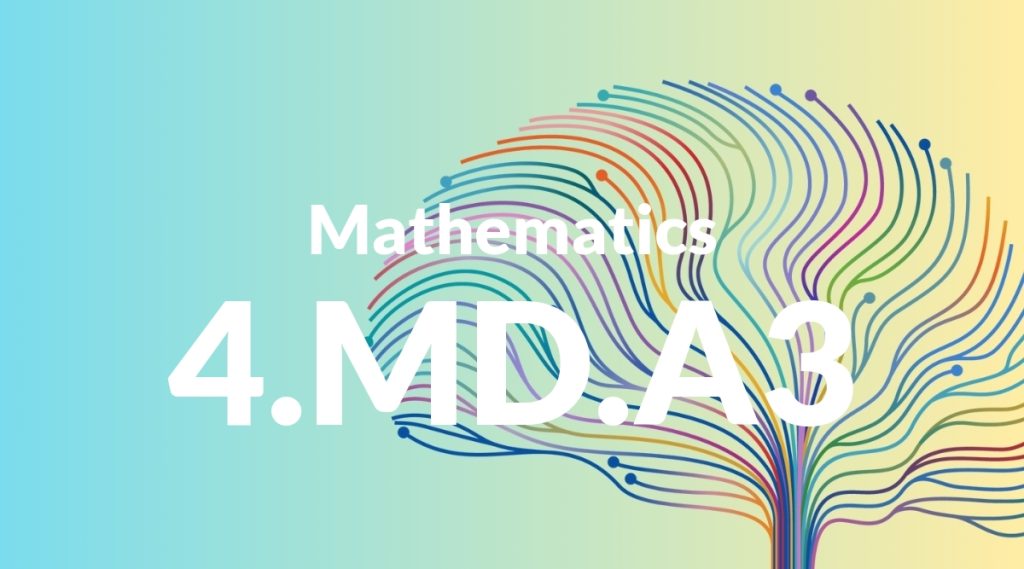Standard: 4.MD.A3 – Apply the area and perimeter formulas for rectangles in real world and mathematical problems. For example, find the width of a rectangular room given the area of the flooring and the length, by viewing the area formula as a multiplication equation with an unknown factor.
Grade level: Grade 4
Subject: Mathematics
Domain: Measurement & Data
Teacher Overview
This standard focuses on applying the area and perimeter formulas for rectangles in both real-world and mathematical contexts. Understanding these concepts is crucial as they form the foundation for more advanced geometric and algebraic reasoning in subsequent grades. Students should be comfortable with basic multiplication and division, and have a foundational grasp of area and perimeter from earlier grades.
Mastering this standard will enable students to tackle more complex shapes and composite figures, and solve multi-step real-world problems involving area and perimeter.
Common Misconception 1
A common misconception is that students might confuse the formulas for area and perimeter. This occurs because both concepts involve the dimensions of the rectangle but are applied differently.
Intervention 1
To address this misconception, teachers can use visual aids and hands-on activities, such as drawing and labeling diagrams, to help students distinguish between the two formulas.
Common Misconception 2
Another misconception is that students might believe the area and perimeter of a rectangle are always the same. This happens because students might not yet understand how these measurements are calculated differently.
Intervention 2
Teachers can provide examples of rectangles with the same perimeter but different areas and vice versa to help students see the distinction between these two measurements.
Prerequisite Knowledge
Students should have a basic understanding of multiplication and division, as well as familiarity with the concepts of area and perimeter from previous grades.
Subsequent Knowledge
After mastering this standard, students will be able to apply their understanding of area and perimeter to more complex shapes and composite figures, and solve multi-step real-world problems involving these concepts.
Instructional Activities
- Draw different rectangles on graph paper and calculate their area and perimeter.
- Create a real-world project where students design a rectangular garden and calculate the amount of fencing and soil needed.
- Use manipulatives like tiles or blocks to build rectangles and measure their area and perimeter.
- Solve word problems that involve finding missing dimensions of rectangles using area and perimeter formulas.
- Incorporate technology by using educational software or apps that allow students to explore area and perimeter interactively.




